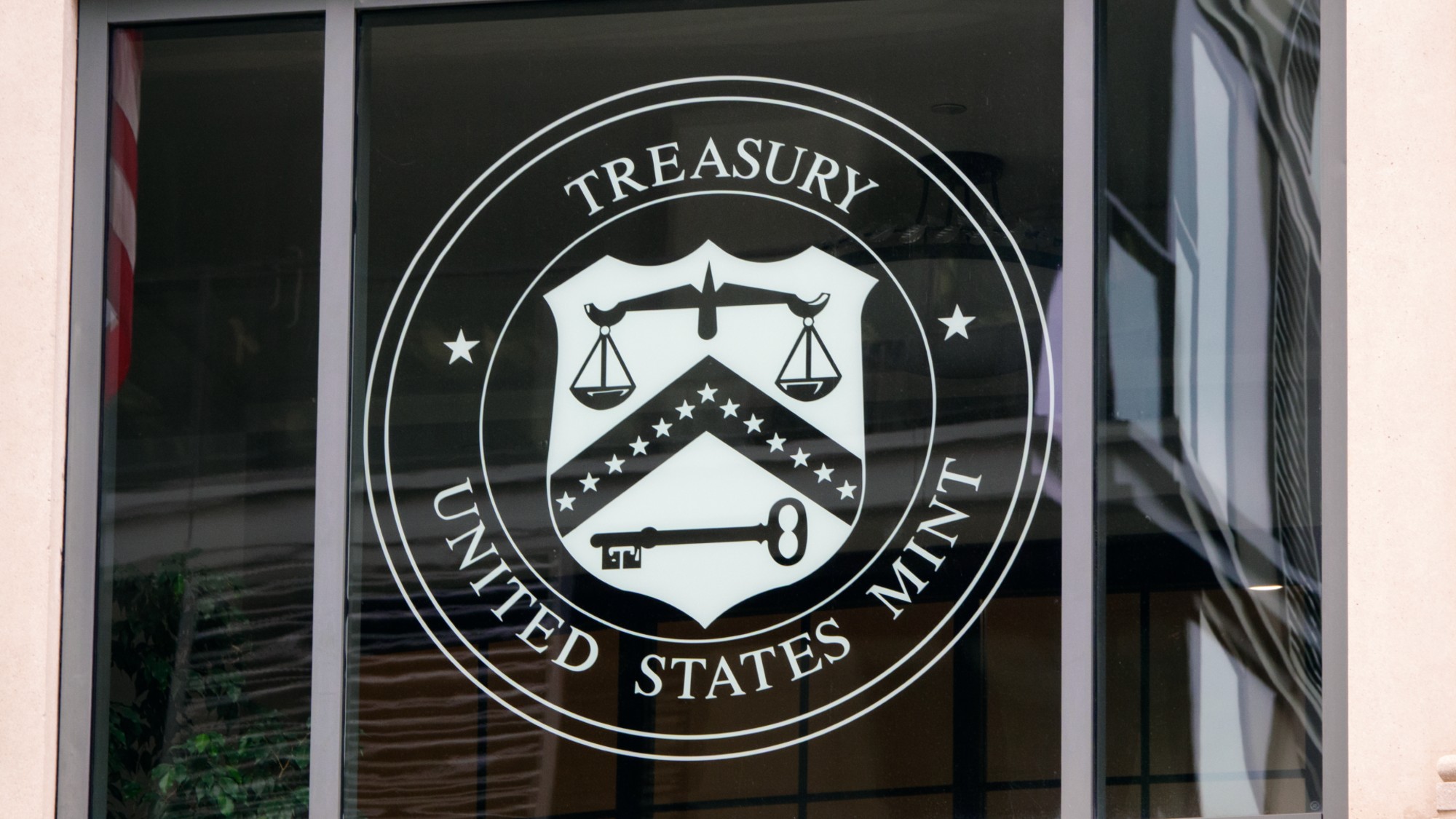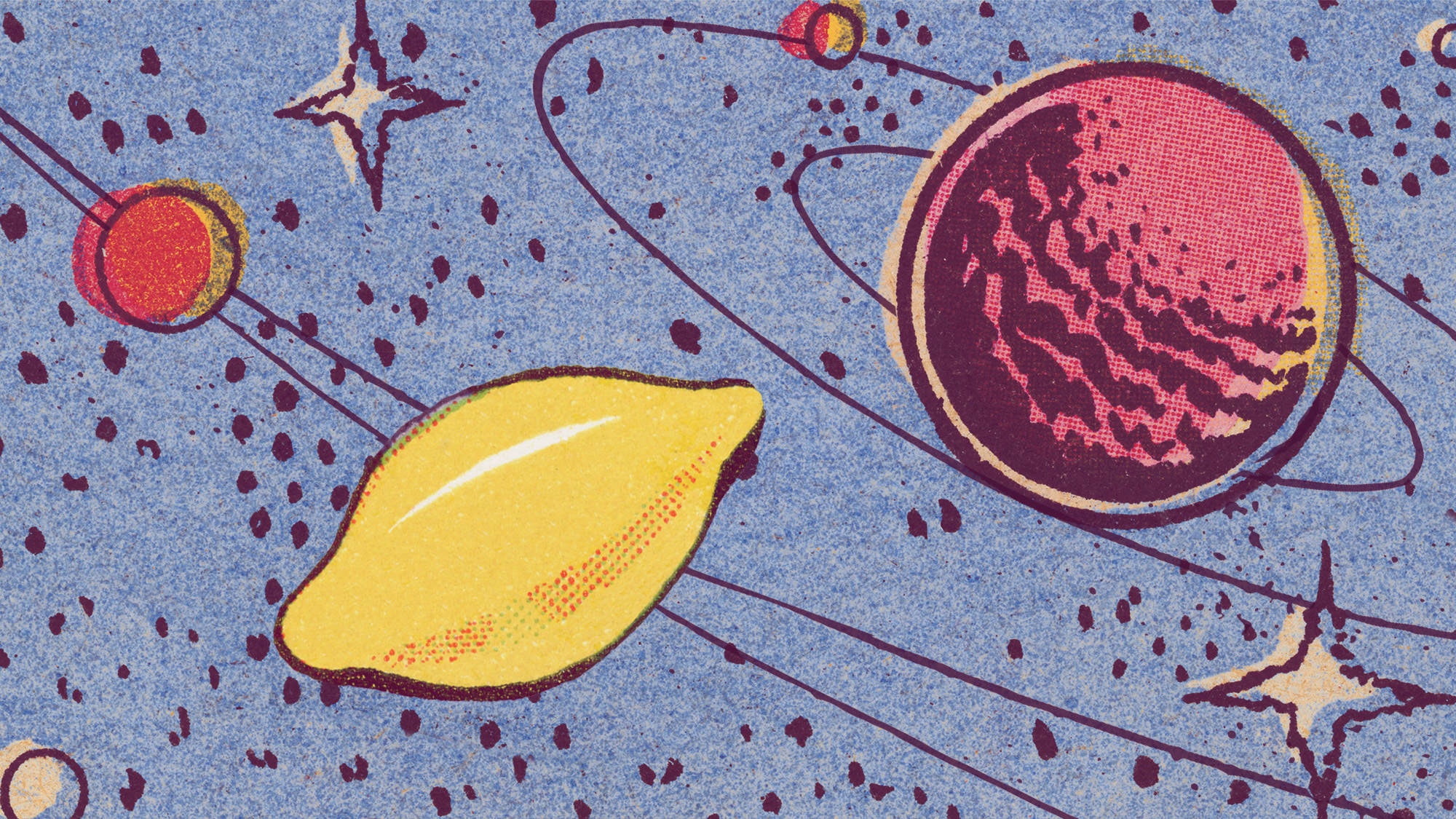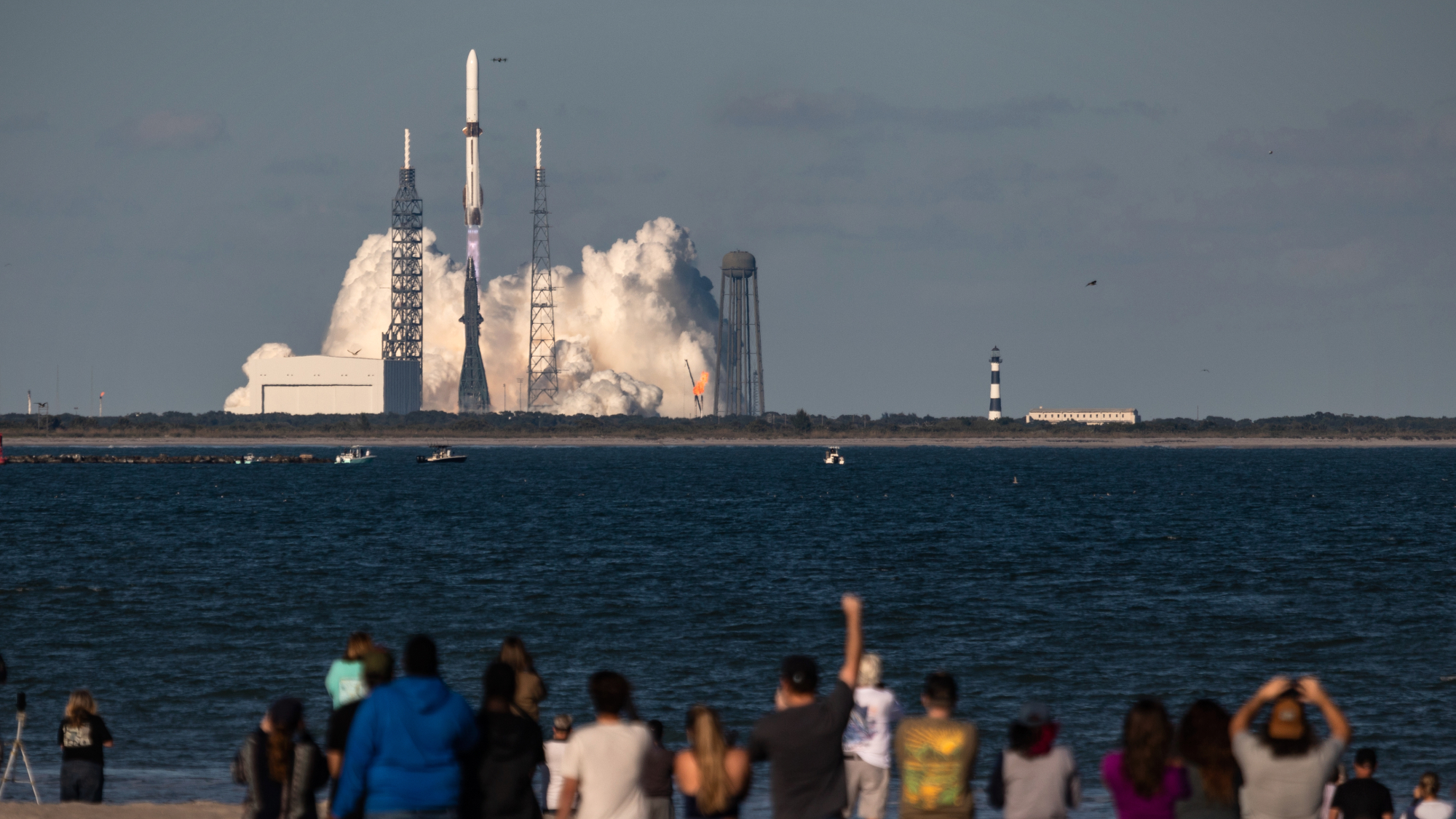Why the Moon is getting a new time zone
The creation of 'coordinated lunar time' is part of Nasa's mission to establish a long-term presence on Earth's only natural satellite

The US federal government has asked Nasa to develop a time zone for the Moon before embarking on new missions to the lunar surface.
The head of the US Office of Science and Technology Policy (OSTP) wants Nasa to "work with other US agencies and international agencies to establish a Moon-centric time reference system", to be called coordinated lunar time (LTC), by the end of 2026, said The Guardian.
That deadline coincides with the planned launch of astronaut missions to the lunar surface through Nasa's Artemis programme, the first crewed Moon landing since Apollo 17 in 1972. Artemis could also establish the first scientific base on the Moon, which could "help set the stage for future missions to Mars".
The Week
Escape your echo chamber. Get the facts behind the news, plus analysis from multiple perspectives.

Sign up for The Week's Free Newsletters
From our morning news briefing to a weekly Good News Newsletter, get the best of The Week delivered directly to your inbox.
From our morning news briefing to a weekly Good News Newsletter, get the best of The Week delivered directly to your inbox.
Why is Nasa creating coordinated lunar time?
Relative to the Earth, time moves more quickly on the Moon – 58.7 microseconds faster each day – because of the weaker gravitational pull. Satellites and lunar craft involved in the upcoming missions need to operate with "extreme precision", so establishing LTC is vital to maximising the chances of success.
LTC will not only aid mapping and locating positions, said Sky News, but also ensure "data transfers between spacecraft are secure and that communications between Earth, satellites, bases and astronauts are synchronised".
The Earth's internationally recognised time, to which all time zones are synchronised, is universal coordinated time (UTC), which is established through a series of atomic clocks placed in various locations around the globe. A similar system may need to be installed on the Moon to properly establish LTC.
Why is the US returning to the Moon?
Artemis, unlike the exploratory missions of Nasa's Apollo programme, aims to "establish a sustained human presence" on the Moon, said The Times. The space agency plans to conduct its first flyby of the Moon in 2025, before landing astronauts for the first time in 2026. The aim is then to set up scientific bases where astronauts will "live and work long-term, developing and testing technologies for an onward push to Mars in the 2030s".
A free daily email with the biggest news stories of the day – and the best features from TheWeek.com
Those technologies include testing "a series of growth chambers" that contain vegetation including cress and duckweed, said The Telegraph, to see how they grow in the Moon's diminished gravity and the "rigours of space radiation". It is hoped that the plants will provide food for astronauts and also generate oxygen for them to use.
Is there a new space race?
Nasa's plans to establish LTC come as the "modern space race heats up", said The Times. India and China have announced their own lunar programmes, as nations compete to lead the way in space exploration. There are also numerous geopolitical reasons at play, wrote George Friedman for Geopolitical Futures. "After all, the Moon is the ultimate high ground."
China aims to land astronauts "sometime during or before 2030", said Time, and hopes to find local ice deposits that can be "harvested for water, breathable oxygen, and even rocket fuel".
If current schedules are correct, the US will be the first to reach the Moon. But there are complications, with technological issues affecting Nasa's last Moon rocket launch, in 2022, and financial pressures that China does not face. Nasa now receives just 0.4% of the federal budget to fund its projects, compared with 4% for the Apollo missions in the 1960s.
That "leaves an open field for China", said Time, and its "command and control economy and policy-making" is what makes it so "formidable a force".
Whether China would buy into the Americans' LTC is unclear. Both China and Russia, the "two main US rivals in space", said The Guardian, did not sign Nasa's "Artemis accords", which established a "common set of principles to govern the civil exploration and use of outer space".
That does not rule out "lunar rapprochement" between Beijing and Washington, said Time. But it is unlikely "until economic and military tensions between the two global giants cool".
Richard Windsor is a freelance writer for The Week Digital. He began his journalism career writing about politics and sport while studying at the University of Southampton. He then worked across various football publications before specialising in cycling for almost nine years, covering major races including the Tour de France and interviewing some of the sport’s top riders. He led Cycling Weekly’s digital platforms as editor for seven of those years, helping to transform the publication into the UK’s largest cycling website. He now works as a freelance writer, editor and consultant.
-
 Zimbabwe’s driving crisis
Zimbabwe’s driving crisisUnder the Radar Southern African nation is experiencing a ‘public health disaster’ with one of the highest road fatality rates in the world
-
 The Mint’s 250th anniversary coins face a whitewashing controversy
The Mint’s 250th anniversary coins face a whitewashing controversyThe Explainer The designs omitted several notable moments for civil rights and women’s rights
-
 ‘If regulators nix the rail merger, supply chain inefficiency will persist’
‘If regulators nix the rail merger, supply chain inefficiency will persist’Instant Opinion Opinion, comment and editorials of the day
-
 The mysterious origin of a lemon-shaped exoplanet
The mysterious origin of a lemon-shaped exoplanetUnder the radar It may be made from a former star
-
 The 5 biggest astronomy stories of 2025
The 5 biggest astronomy stories of 2025In the spotlight From moons, to comets, to pop stars in orbit
-
 How climate change is affecting Christmas
How climate change is affecting ChristmasThe Explainer There may be a slim chance of future white Christmases
-
 Blue Origin launches Mars probes in NASA debut
Blue Origin launches Mars probes in NASA debutSpeed Read The New Glenn rocket is carrying small twin spacecraft toward Mars as part of NASA’s Escapade mission
-
 ‘The Big Crunch’: why science is divided over the future of the universe
‘The Big Crunch’: why science is divided over the future of the universeThe Explainer New study upends the prevailing theory about dark matter and says it is weakening
-
 The moon is rusting
The moon is rustingUnder the radar The Earth is likely to blame
-
 Panspermia: the theory that life was sent to Earth by aliens
Panspermia: the theory that life was sent to Earth by aliensUnder The Radar New findings have resurfaced an old, controversial idea
-
 Africa could become the next frontier for space programs
Africa could become the next frontier for space programsThe Explainer China and the US are both working on space applications for Africa